Salt of the earth: discovering Portuguese culinary ease
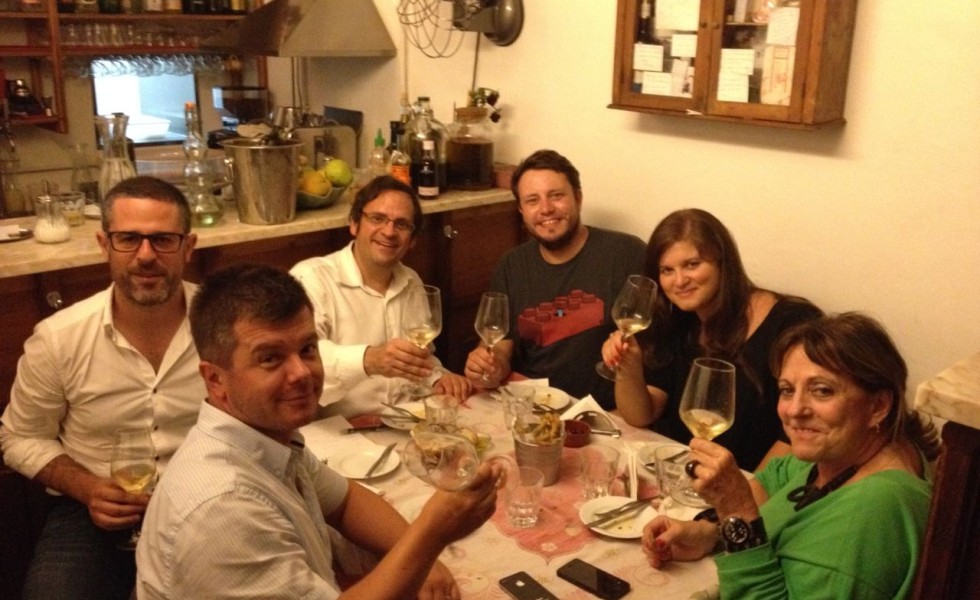
18 September 2014
By Panos Kakaviatos for wine-chronicles.com
I’m drinking 20-year-old Tawny Port and smoking a just decent enough Cuban as I write this after dinner feeling like worn out nobility. But I bought the bottle at the Lisbon airport before leaving Portugal and was truly impressed by the choice of Ports – and dry wines – that flyers could take home with them. I could have picked something more interesting like a Colheita but I was not sure about the 1999 or 2005 vintages available, so a 20 year old Graham’s proved to be a sure fire success. And I was in the mood for Tawny.
This blog focuses on food enjoyed over a three day period in Lisbon. Overall my experience was great. But Portuguese food at restaurants these days still can be too salty. Bacalhau is a meal I tend to avoid because of that, although I have had tasty versions. But I was surprised to be somewhat disappointed at one of the city’s better seafood restaurants Sea Me. I recall dining there last year while attending a conference for my day job at the Council of Europe and the food and service were excellent.
This year however, in Lisbon once again for a similar conference – hosted by the Council of Europe’s North-South Centre, which addresses issues like the post “Arab Spring” environment in North Africa – a colleague ordered sashimi that looked “a bit tired”, she said, remarking that it tasted just slightly cooked. And my clams in a white wine sauce were so salty, that they upset my stomach.
Other dishes there were very good however, including excellent seared scallops in a mango sauce that went down very well with a Quinta da Pedra Escrita 2011: a blend of Rabigato, grown in the Douro Superior, and known for its acidity, along with Verdelho, Alvarinho and a bit of Viognier, from vineyards at rather high elevation – above 550 meters – and it had vivacity as well as richness. Perhaps it was an off day for the chef, because Sea Me can be a great place to eat.
In any case, several Lisbon inhabitants – from a journalist who works at LUSA, the national Portuguese news agency, to a former actress who now works for a media agency – told me that food at restaurants can be too salty.
Once you get past the occasional salty zeal, you are in for a great culinary experience in Lisbon.
Take for example a grand old time at the Time Out Mercado da Ribeira, which the Guardian recently listed as one of the best 10 places to eat in Lisbon. It is actually a bunch of very elegantly presented food stands in a massive hall like space. Rather posh yet affordable meals ranging in price between 8-25 euros are served on trays you can take anywhere you like in a massive space, where everyone sits on long wooden tables.
A Toys R Us for foodies. So much choice and lots of delicious items, from excellent cured hams and local cheeses to a heavenly slow-cooked (24 hours) pork that was tender, flavorful and perfectly seasoned. Ah ha! A simple green salad proved just the right thing to go with the meat.
And there is plenty of fun for winos and more, including a gin and tonic bar with all sorts of flavored gins: some far too fruity, others quite subtle and tempting. Beers on tap at almost every stand and wine, of course, with stands for drinks which make the area conducive for meeting singles.
And #winelovers will love the Garrafeira Nacional wine shop with an amazing array of ports – of many styles, vintages and price points. You could purchase a rare pre Phylloxera Quinta Noval Nacional for example, or a humble half bottle of 10-year-old Tawny, and all the crusted, late bottled vintage, vintage, colheita and other sorts in between. And the store’s design breathes visual appeal, with wood and glass fixtures that augment the attraction of the bottles.
Another lovely restaurant I discovered was O Lugar Tasca Urbana, thanks to fellow #winelover Ana Sofia de Oliveira, who recommended it for its traditional home style and affordable cuisine. The owners were very nice, welcoming our group of 12. And the food was tasty and indeed economical. Take for example a perfectly cooked octopus, tender, served with olive oil and plenty of garlic for less than 25 euros, including wine, water, starters and desserts or coffee.
I had delicious fresh sea bream, prepared with a light white wine and tomato-based sauce, accompanied by slightly mashed potatoes with onion, fresh black olives, delectable virgin olive oil and just a bit of salt 😉 that had me reaching for more.
We enjoyed an excellent 11-euro restaurant price bottle of Mo Des Tu’s Vinho Verde 2013 from the sub region of Basto which was fresh with a rich mid palate and just zingy enough to make it eminently drinkable. Some in our group kept ordering and looked it up on wine-searcher.com. I could not blame them, as it was fun to drink.
But Ana generously shared two special bottles of red for the group to try: an excellent single vineyard Nemean wine and a delicious Bordeaux blend made in Brazil (see pics). The former was impressive for its structure and length, but too young, while the latter was more evidently succulent and easier to drink.
Finally, I discovered one of the most celebrated restaurants in Lisbon these days, A Taberna da Rua das Flores, which is about as cozy as a restaurant can get. As the name suggests, it is a tavern situated along the somewhat discrete “street of flowers” smack in the middle of Portugal’s capital.
Co-owned by chef André Magalhães, the restaurant – which seats a maximum of 24 and is known for its fresh ingredients and home-cooked style of more or less traditional Portuguese cuisine – looks like it has been in in the city for the past century. But Magalhães and his business partner only opened it two years ago. Many thanks go to fellow #winelover Ted Lelekas for referring me to this restaurant. A glance at Trip Advisor indicates an overwhelming number of “excellent” reviews. But no need for such reassurance as Lisbon-based #winelovers Ana Sofia de Oliveira, André Ribeirinho and André Cid Proença all waxed enthusiastic too, as did Niall Sheerin, a colleague from the Council of Europe who lives around the corner from the restaurant.
As you can see in the photos, the foods, prepared with fresh ingredients, please both eye and palate. The overall ambiance mixes urban chic with Portuguese ease. An older couple was seated near our table enjoying fresh cod and white wine when we arrived. After they left, two gorgeous models and a photographer sat at the same table. At one point a Brazilian man sang a song at the bar in English and with bravado. The restaurant caters to all ages, all backgrounds. The common denominator: clients appreciate fine dining.
We enjoyed a wide variety of dishes – 14 to be exact – to the point of my stomach feeling a bit out of sorts the next day.
Things started with a fresh and spicy Mackerel tartar, with ginger and a hint of wasabi, which was terrific because it was cool and fresh yet meaty and substantial.
This was served with the Quinta da Lapa Espumante Bruto, a traditionally made sparkling wine made from the white Arinto grape. Aromatically pleasing, with a pleasant attack, it lacked verve and backbone to balance the food and ended with a flat finish. The fizzy Vinho Verde from O Lugar was miles better.
Then came what may have been my overall favorite: perfectly seared blue marlin filets that proved tender and almost fruity in their flavor profile. Things could have ended there and I would have been happy. But this was followed up quickly by a white fish, whose name I did not get, which proved tender and tasty, served with tangy seaweed and sesame: another delight. I really liked the seaweed, too.
Pictorially, the next dish was best: a gorgeously presented serving of octopus, white asparagus, anchovies, horseradish/beet purée, grapefruit, sour cream and dill sprouts that evoked Sandro Botticelli. Say what? Yes it looked like a culinary allegory of spring. In terms of the taste, the octopus was great as were the asparagus and the dill sprouts but there seemed to be a bit too much pepper/salt seasoning that marred the natural flavors.
By this time we were drinking a Quinta da Lapa Reserva (from the same producer of the sparkling), whose oily texture I rather liked, made from Arinto and Tamarez grapes. At 13.5%, it was not alcoholic or warm but a tad under-ripe. Although hardly profound, it had decent acidity to cut through the richness of the inevitable serving of Bacalhau: the famous Portuguese dried and salted cod dish that was decent. What excited me far more than the fish was its accompaniment: crispy yet succulent green bean tempura (Peixinhos da Horta). Indeed, for Lisbon resident André Cid Proença – whom I had met in Budapest earlier this year at VinCe and for a tour organized by Lotte Karolina Gabrovits – these fried-in-batter beans were the “best he has had in a long time”.
But wait, this is not nearly over.
We enjoyed a superb serving of Ameijoas (clams in Portuguese) dubbed simply Ameijoas à Taberneiro. This was easily one of the top three. I loved the taut texture of the clams just about as much as their deliciousness: iodine blended with white wine sauce made more piquant with bits of smoked sausage, garlic, coriander and lemon slices. Yum.
Then came my one of my two favorite whites of the evening: a Viognier that tasted very salty and fresh. Andre said that it was a touch oxidized – on purpose – but I did not get that so much.
There was so much food and wine that I stopped taking any careful notes, but I recall enjoying this wine more than the two previous bottles.
It was followed up by a wine I had purchased in Nemea the weekend before: a somewhat obscure grape called “Slave” by Zacharias Vineyards. This white showed salty freshness and an interesting tonic finish, even if it was not that profound. Chef André Magalhães liked it, too. Thanks to Ted Lelekas for the discovery.
Then came a serving of fried parsnip chips that I could not get enough of, served with another white fish in a Carpaccio fashion, and a perfect omelet with some of the tastiest green asparagus I have ever had: crispy and succulent.
We even had batter-fried frog legs, which I thought was chicken – and most of the table thought was fish. No, they were indeed frog legs. I liked this dish less than the others, because it was quite a salty frog…
Believe it or not, we were far from done.
The Nana Reserva a Vinho Regional Tejo Reserva 2010 was smooth and medium bodied (13% alcohol), while the Quinta Da Lapa Reserva 2006 (13.5%), coming from magnum, had a bit more depth with salty/mineral aromatics that beckoned drinking. Neither red was particularly profound, but they went well with the meat dishes, which included two servings of pork.
The slow-cooked then pan-fried crispy piglet belly was excellent, looking like Chinese spare ribs, but tastier and more tender in the middle, with orange/miso glace and red cabbage kimchi. More perfumed – and appealing to me – was a pork dish that was magically light with generous doses of coriander more akin to perfume.
The one wine with this marathon dining that proved truly excellent was the lovely Pocas Colheita Porto 1992 – thanks to André Ribeirinho for bringing it. A Colheita, which means harvest or crop, is an aged Tawny Port made with grapes from a single vintage. Colheitas should be matured in wooden casks for at least seven years, although in practice they tend to be aged for much longer. And this one was in barrel for over 20 years before bottling, as the back label indicated bottling in 2013. It exuded lovely orange rind aromatics, with a rich mid palate but fine freshness to balance its evident sweet nature and a long lingering finish. And, yes, we enjoyed fine local cheeses with this great wine.
Then came the desserts…
I liked a certain “tension” from the mix of goat cheese (I think baked) with fresh fig jam. Then came a traditional egg-yolk based dessert called Torta de Azeitao. All smiles at the end of the evening, although it proved quite hefty on the stomach … and though I regretted that my hotel in Lisbon did not have a gym, I was happy to have packed plenty of Maalox.
If you go to Lisbon, be sure to pay a visit to Magalhães’ restaurant. He does not take reservations normally so be ready for a little wait outside. But it will be well worth it. You can see that we were all smiles.
 Wine Chronicles
Wine Chronicles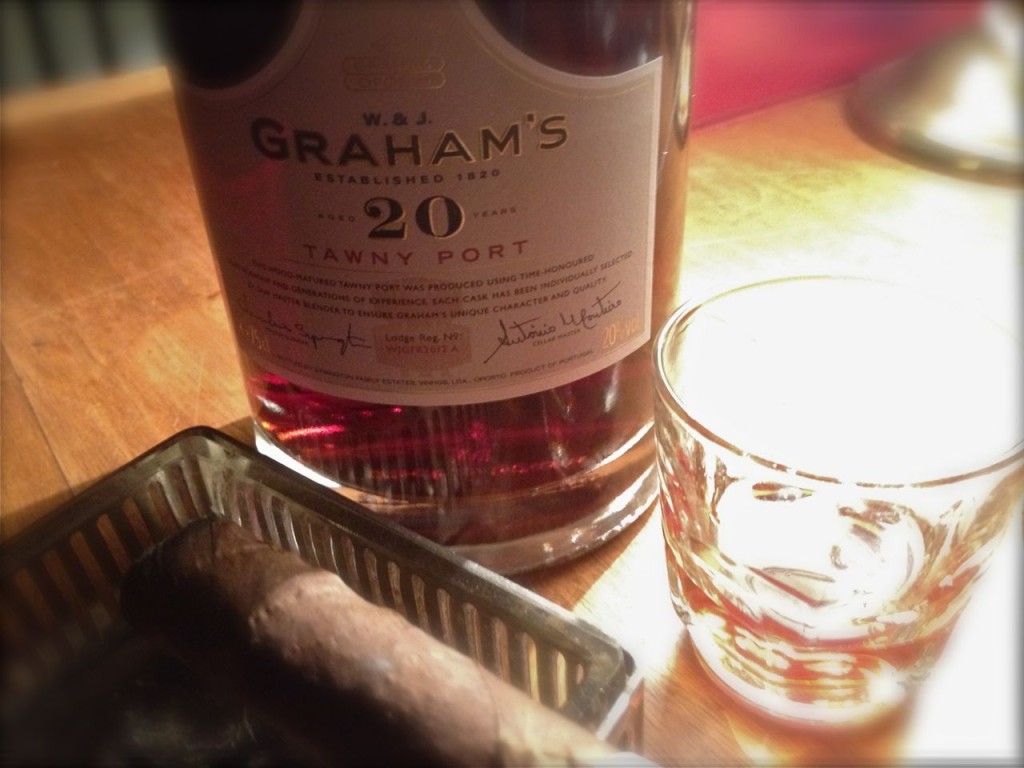
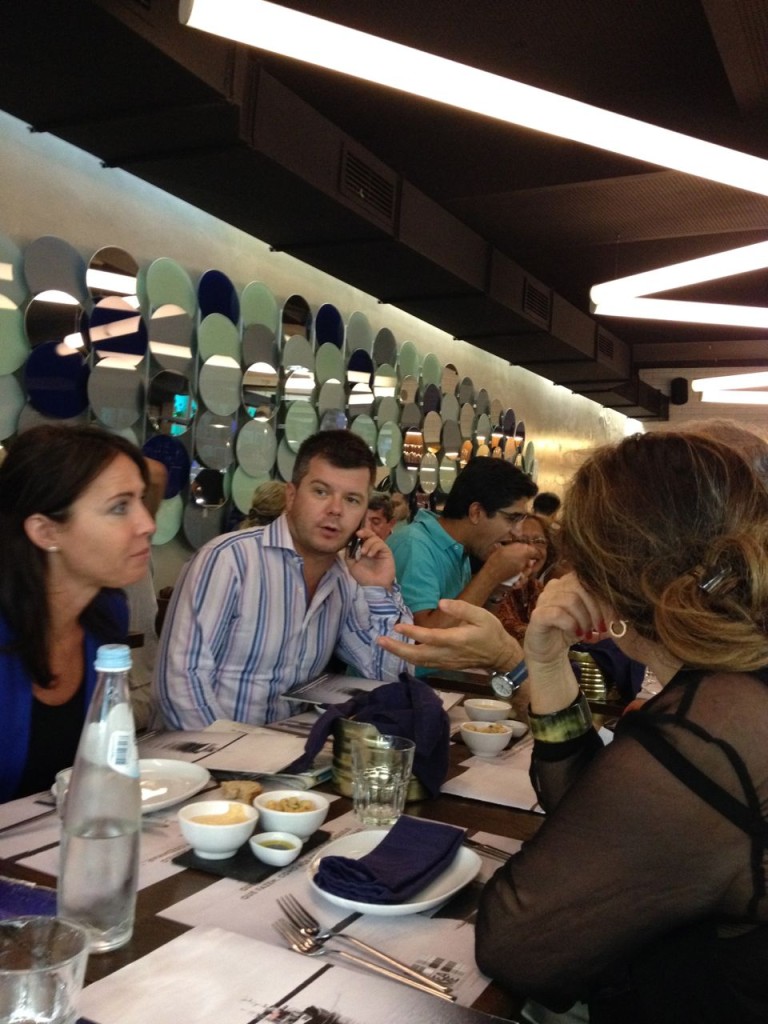
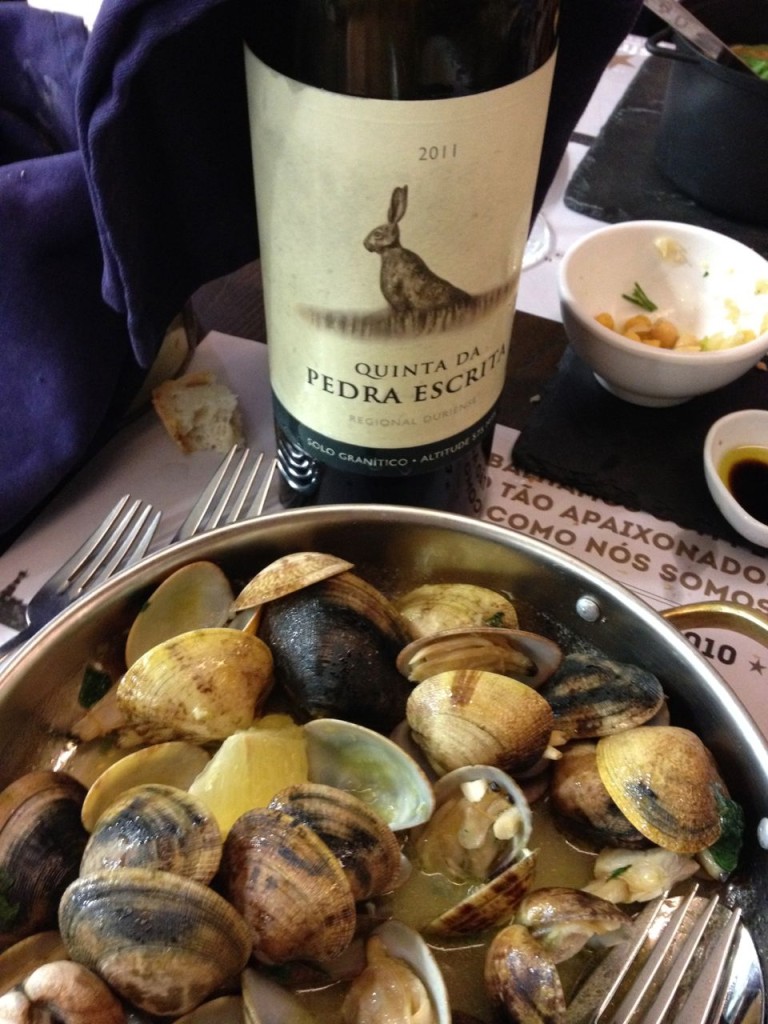
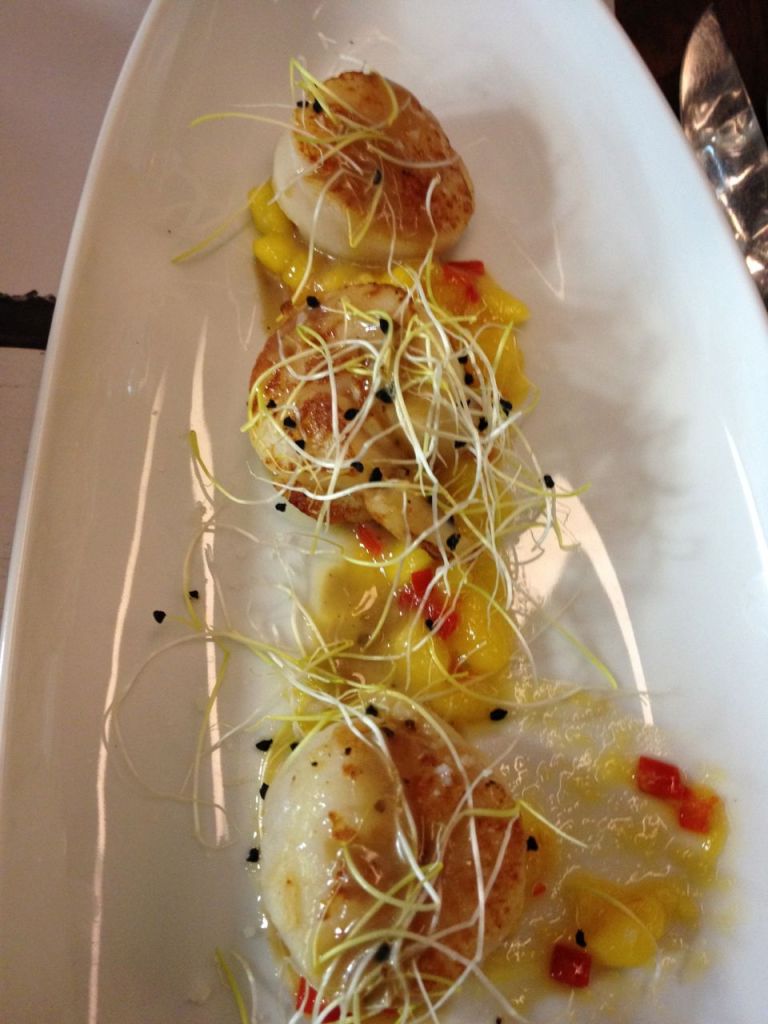
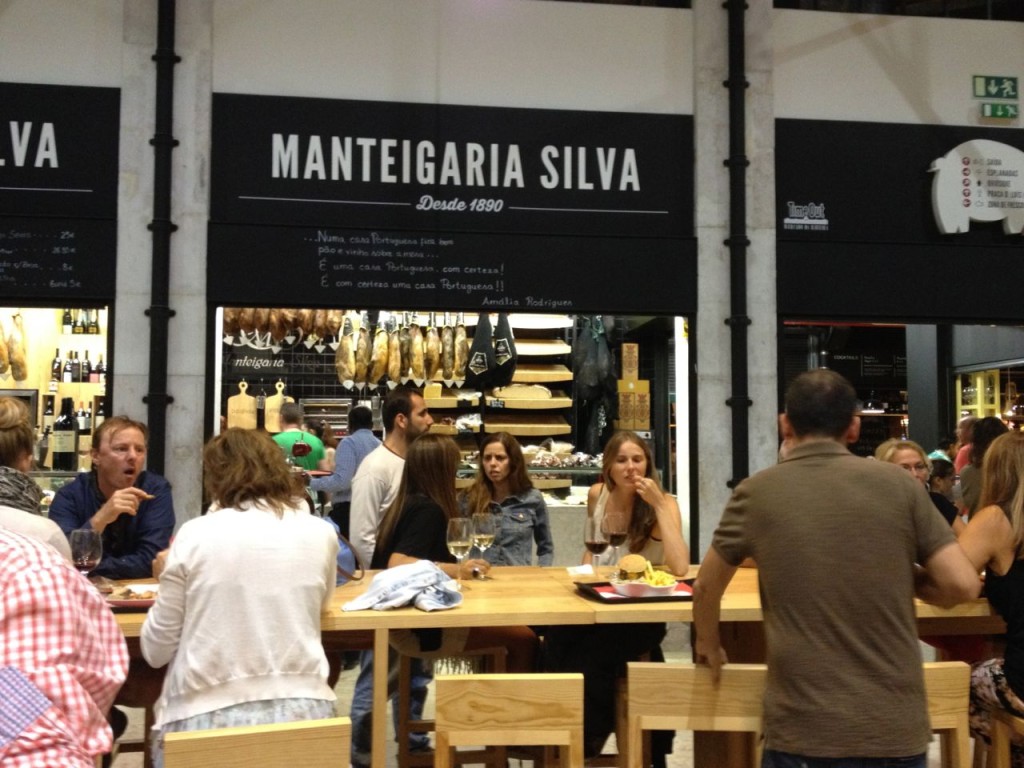
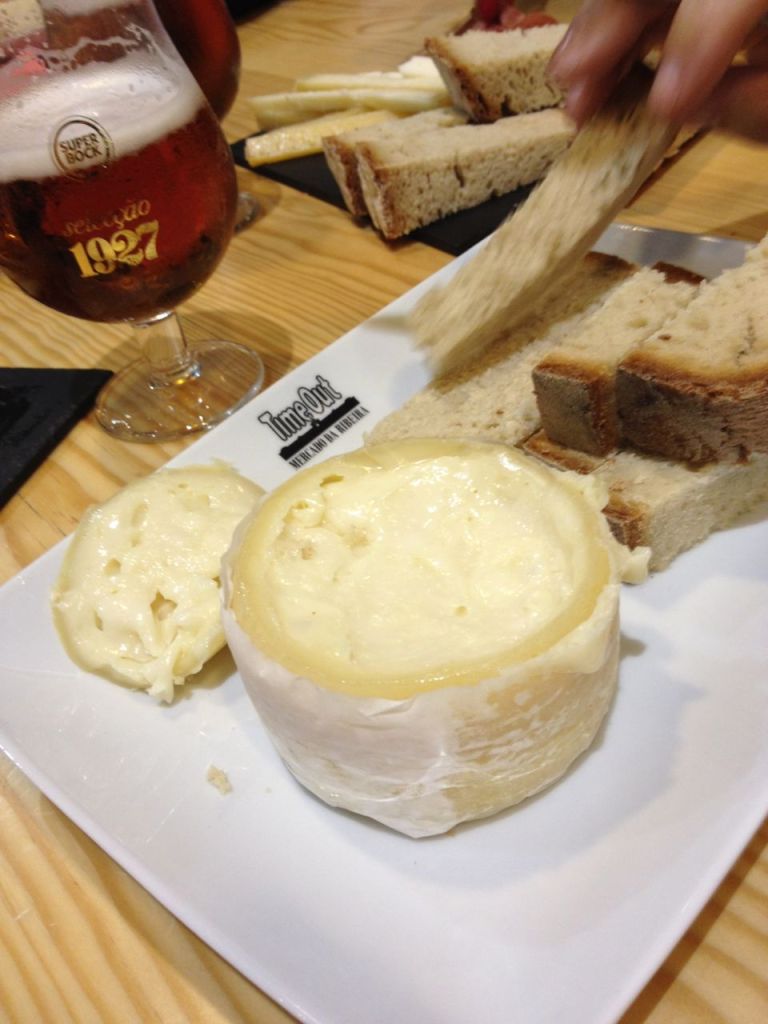
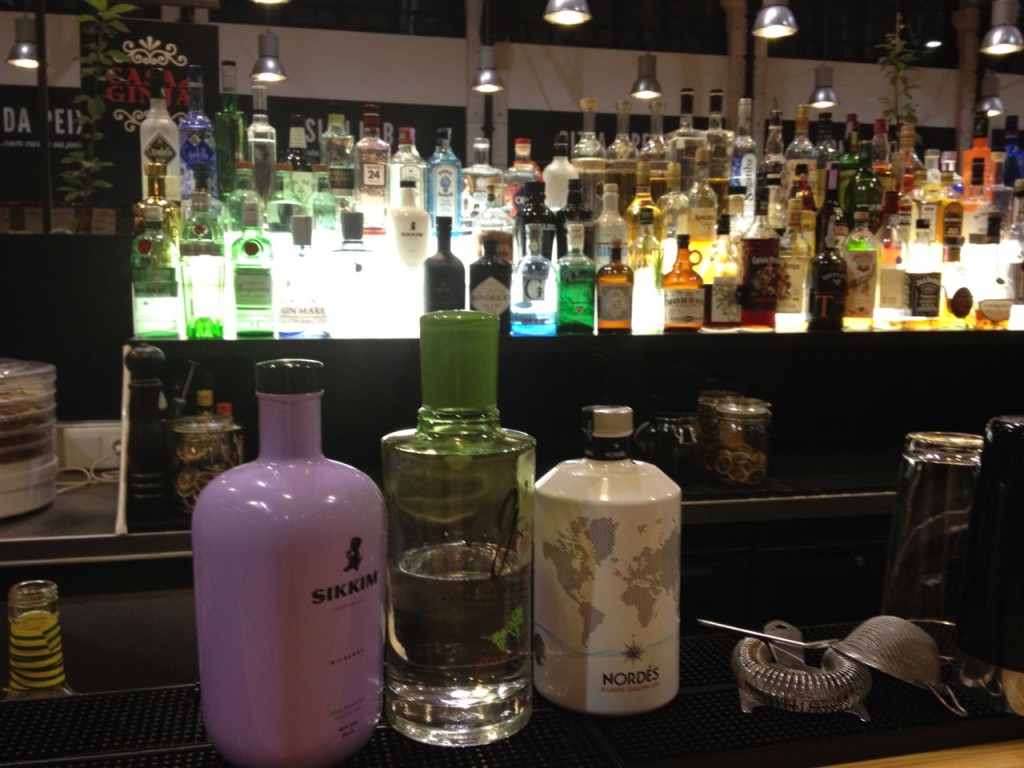
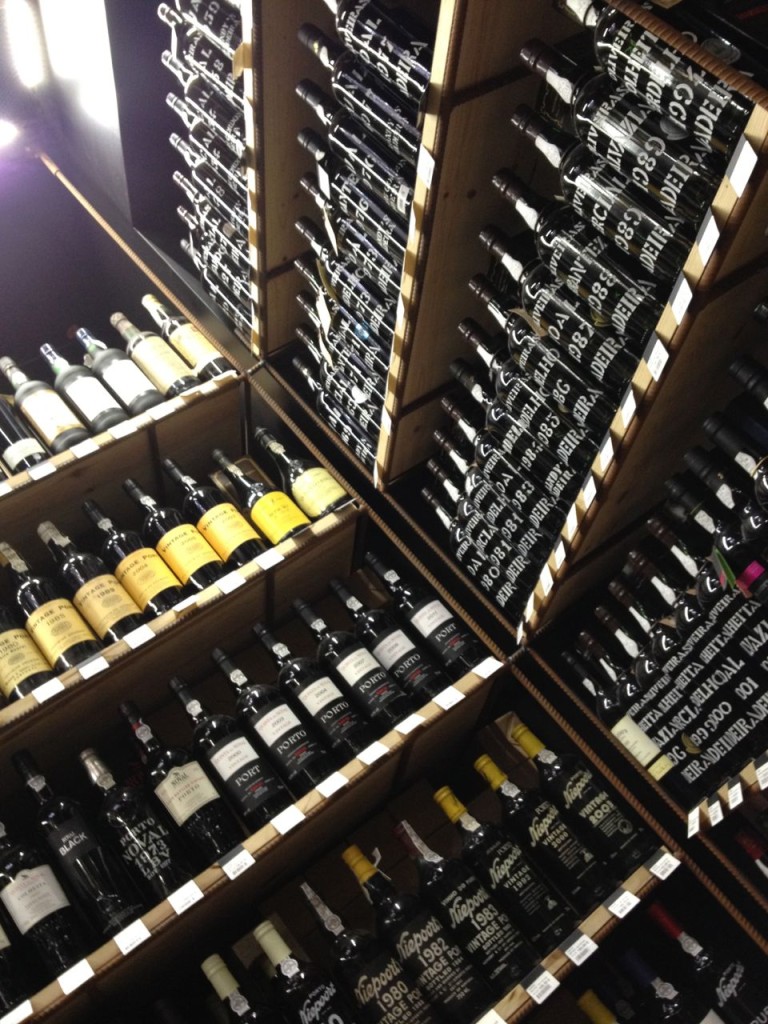
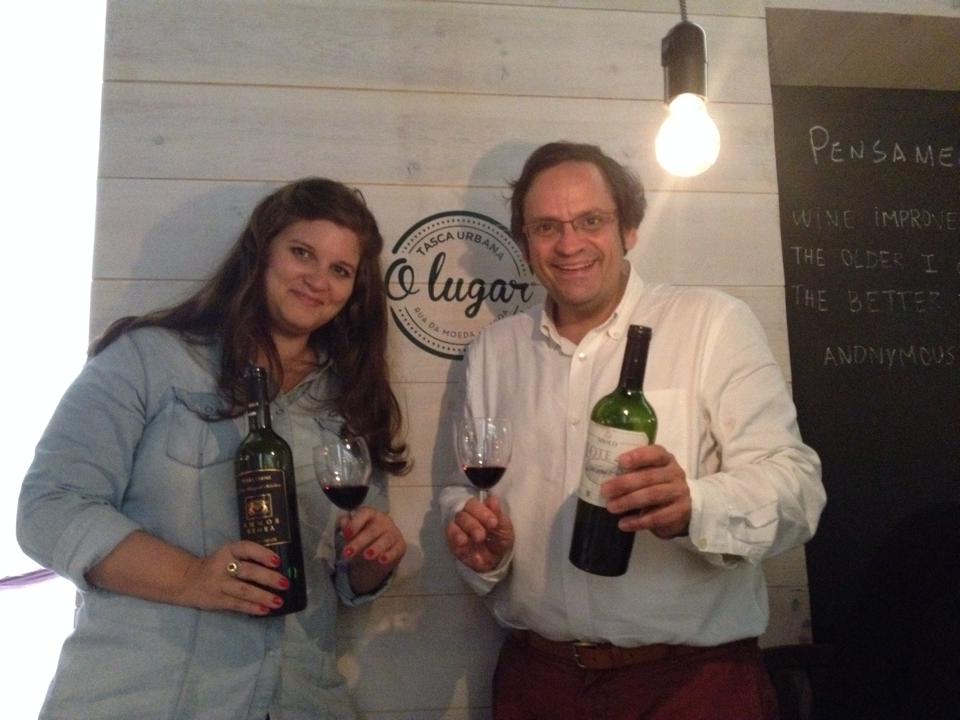
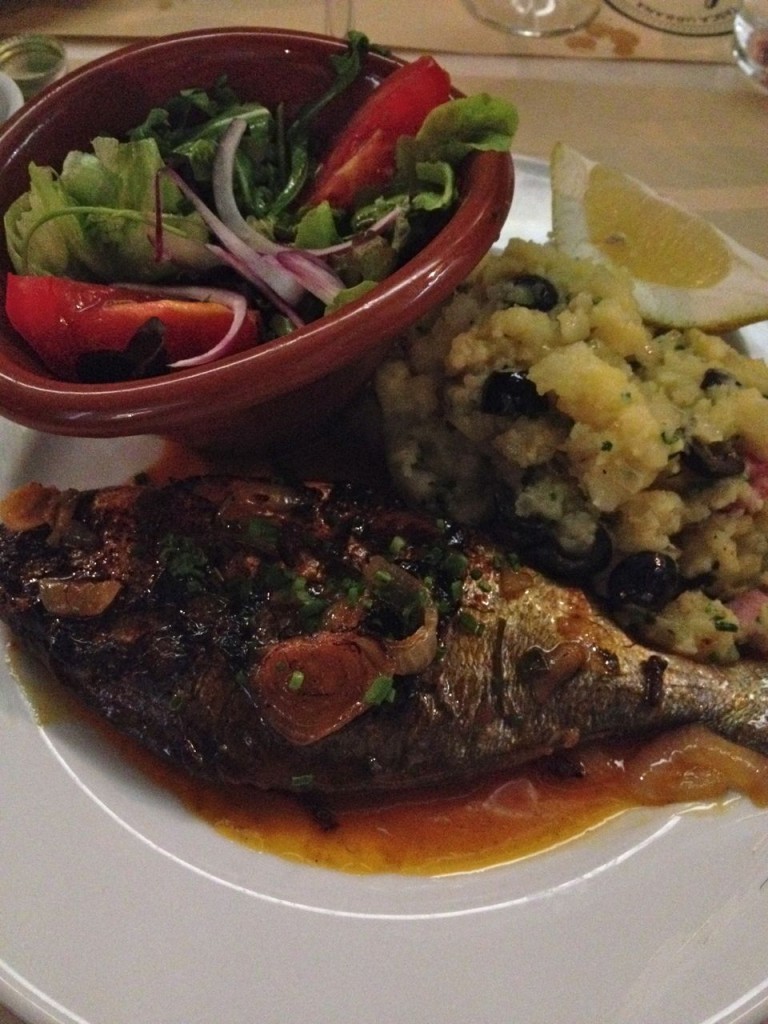
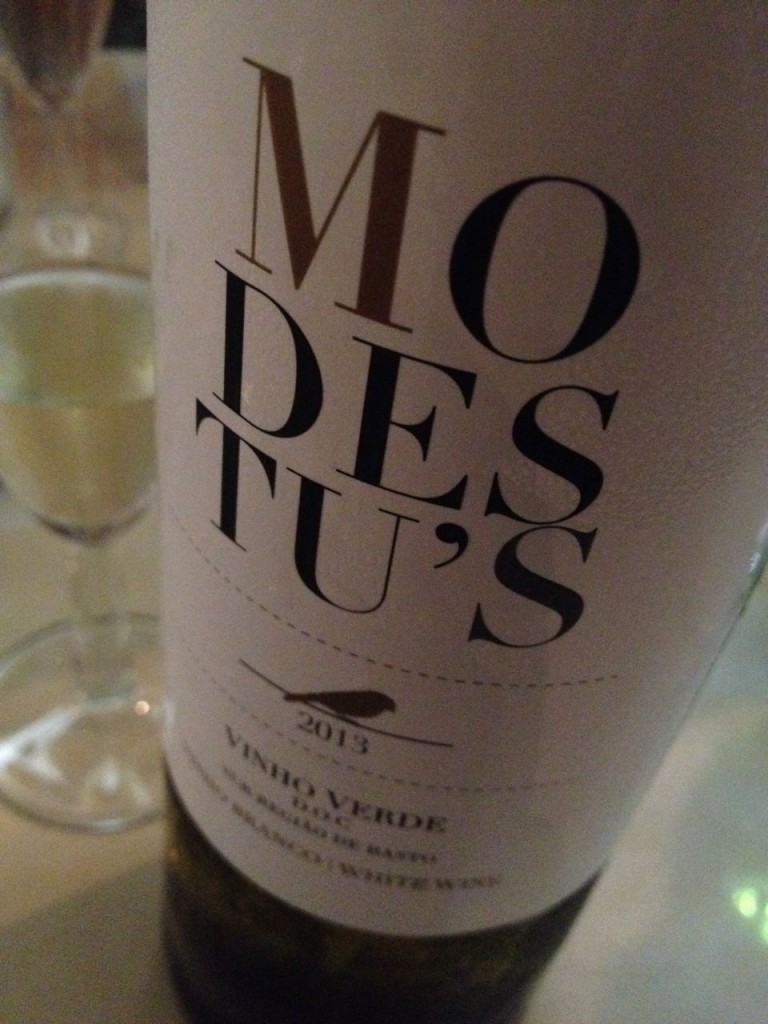
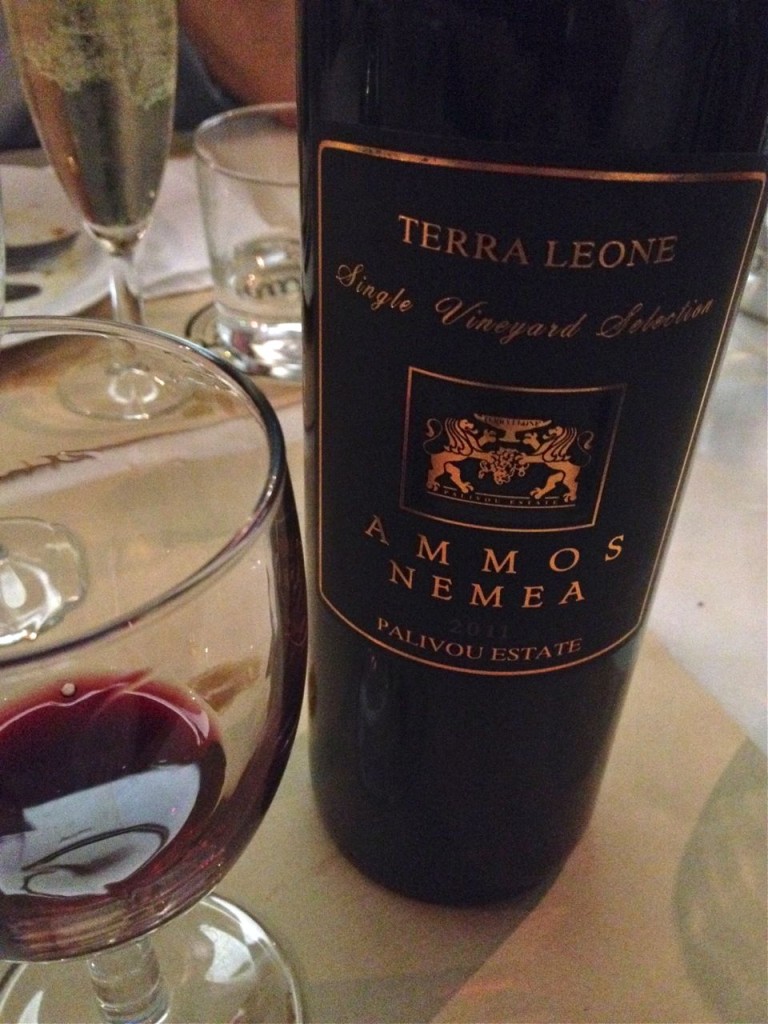
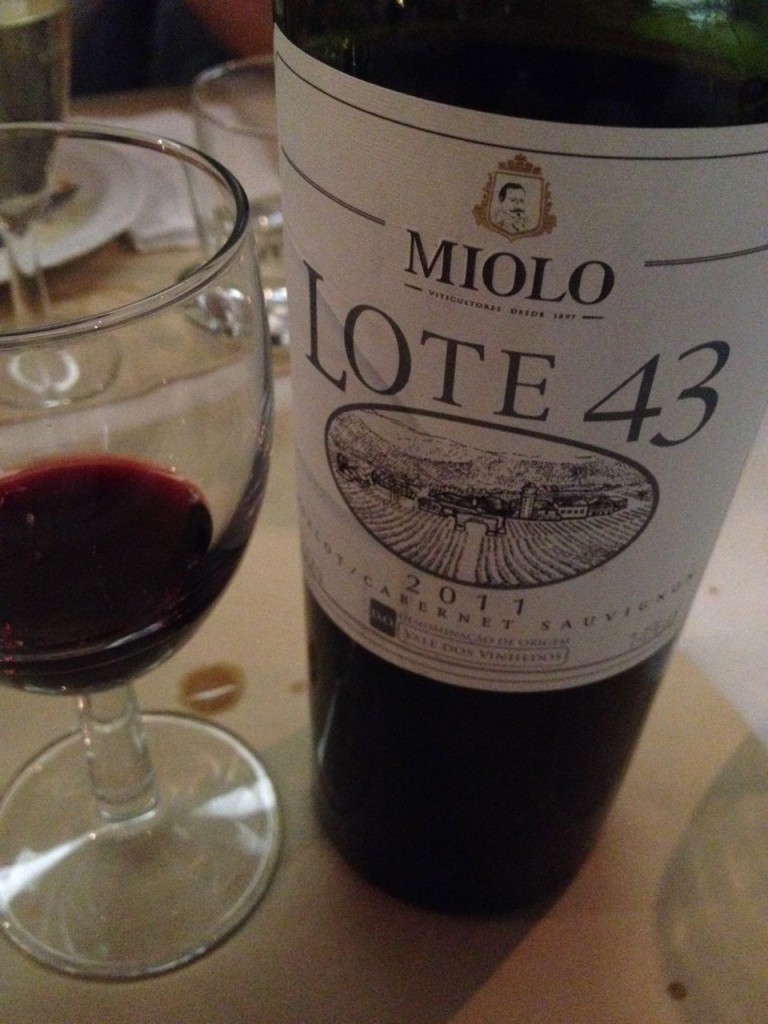
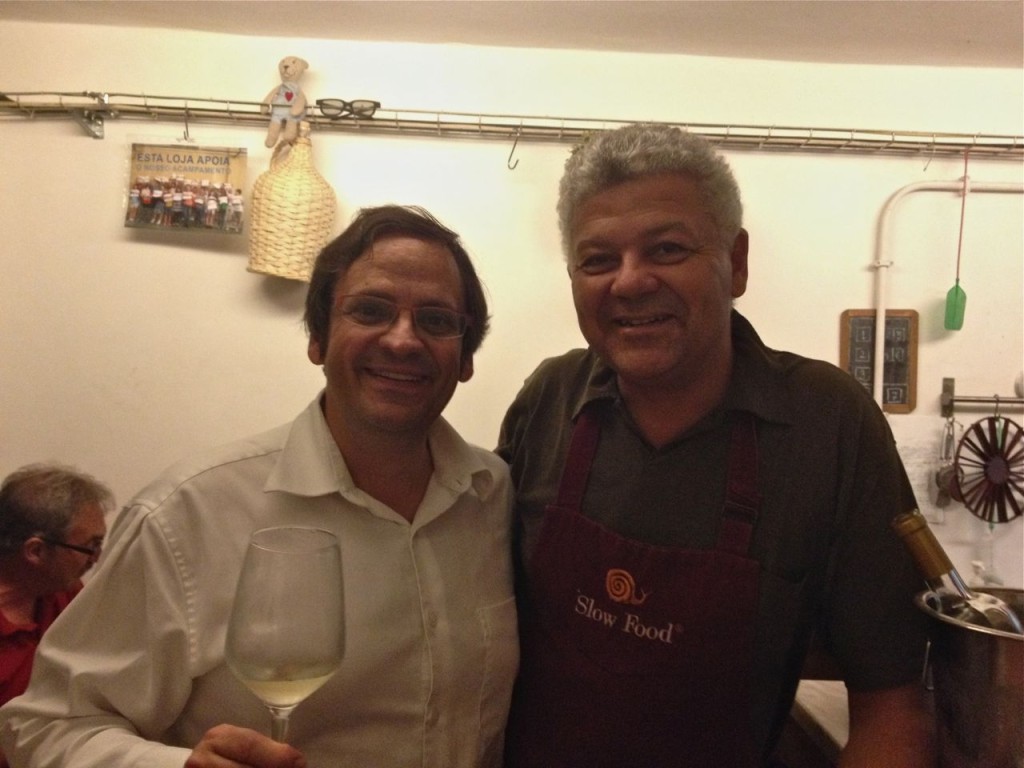
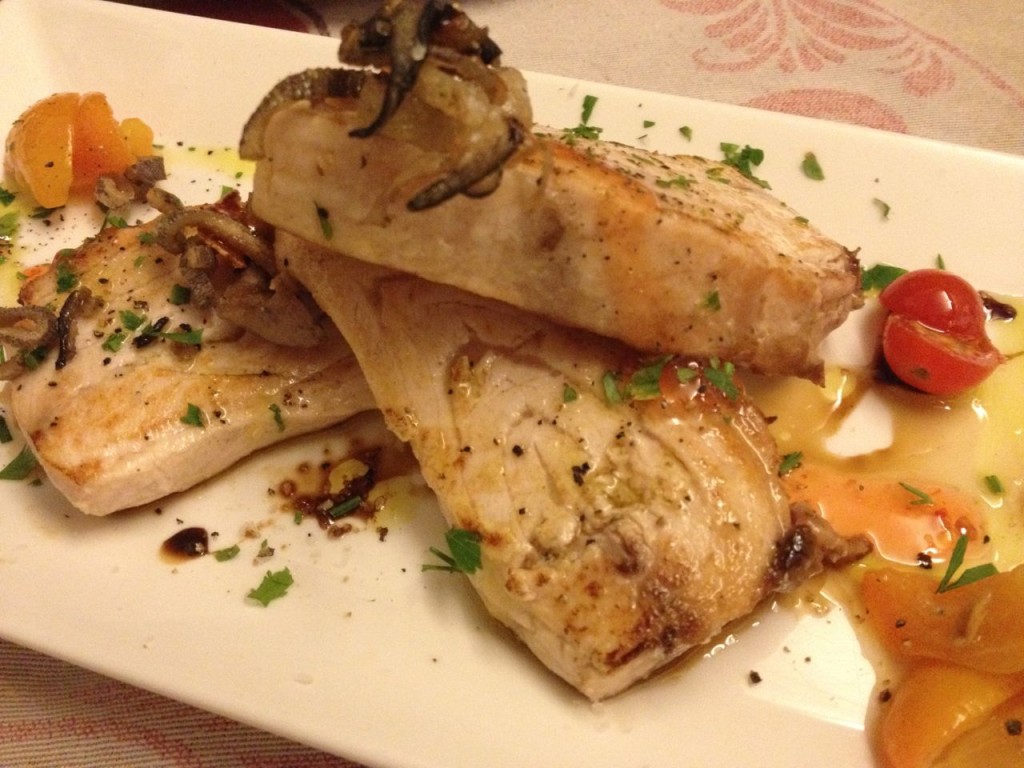
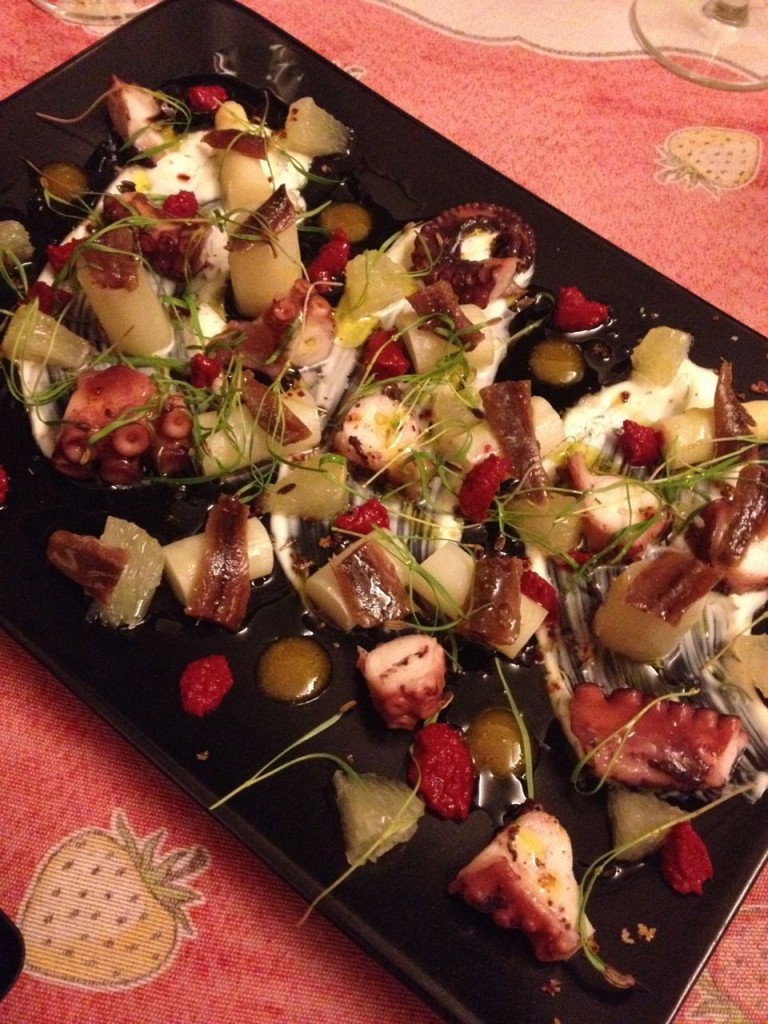
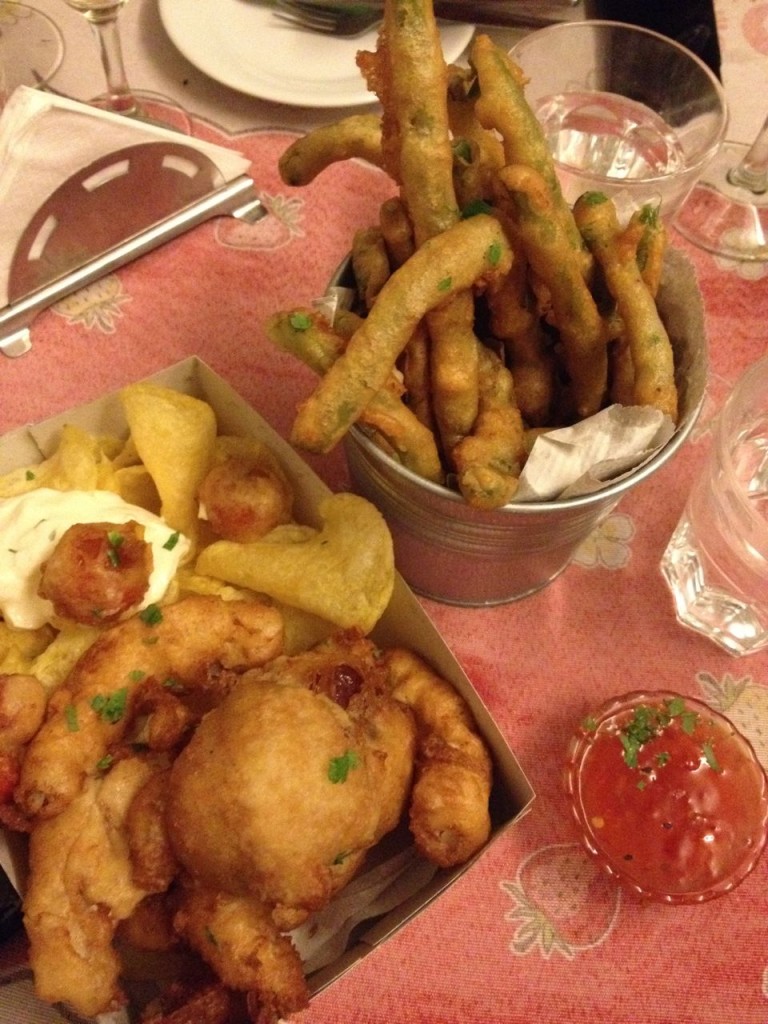
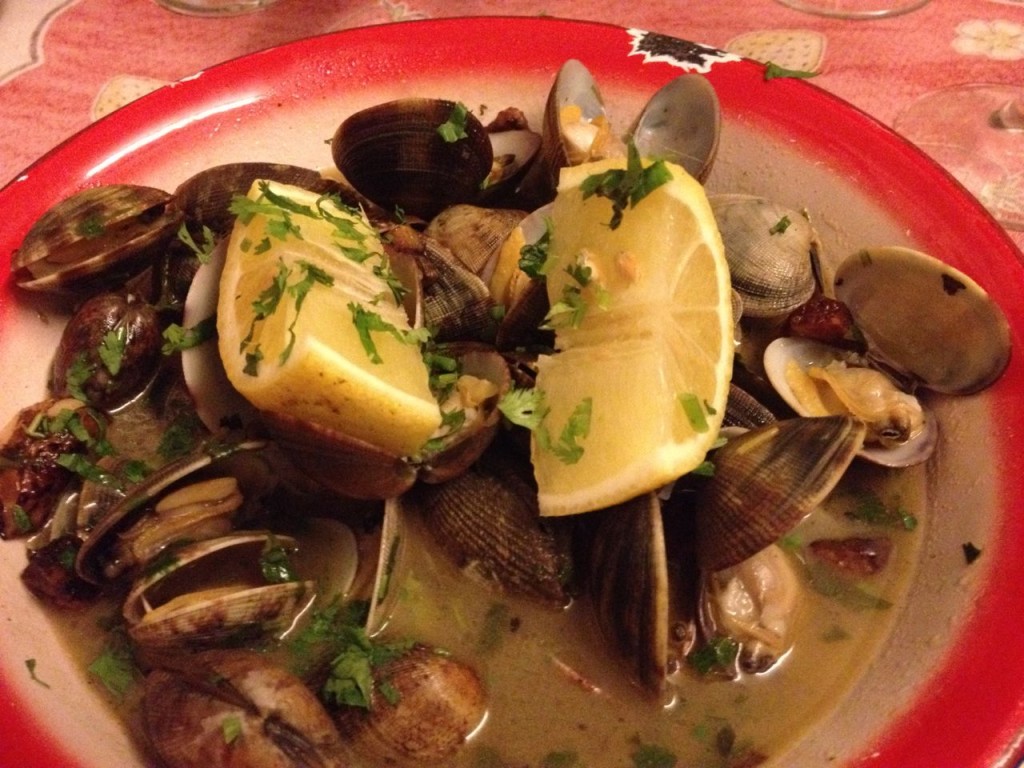
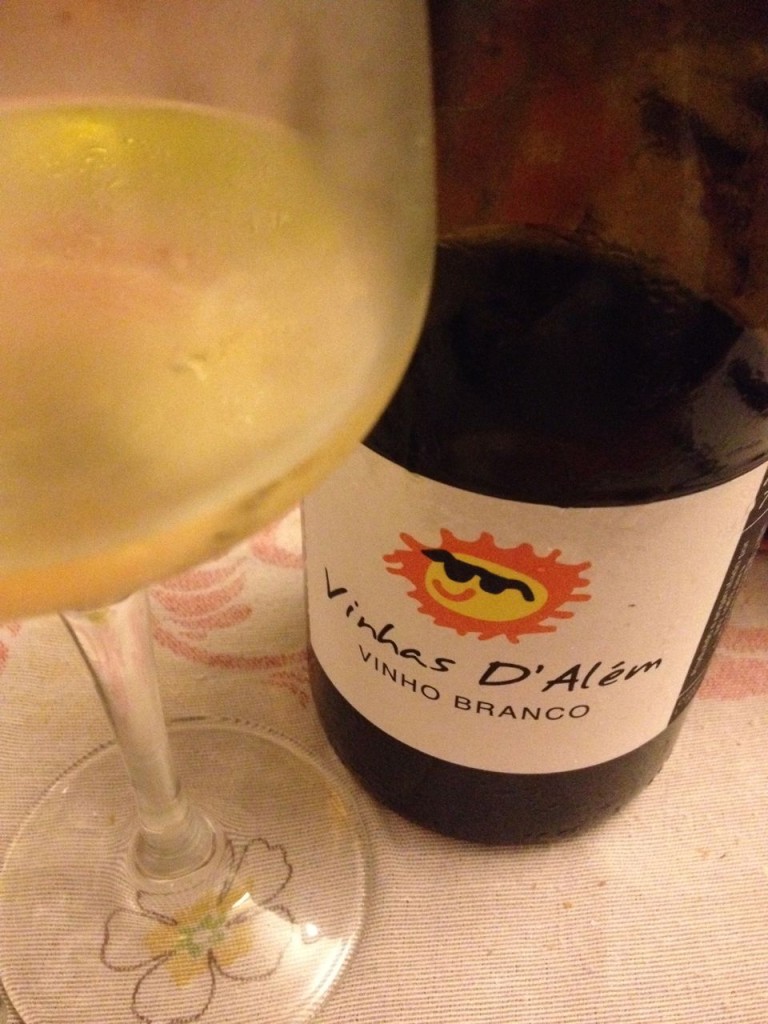
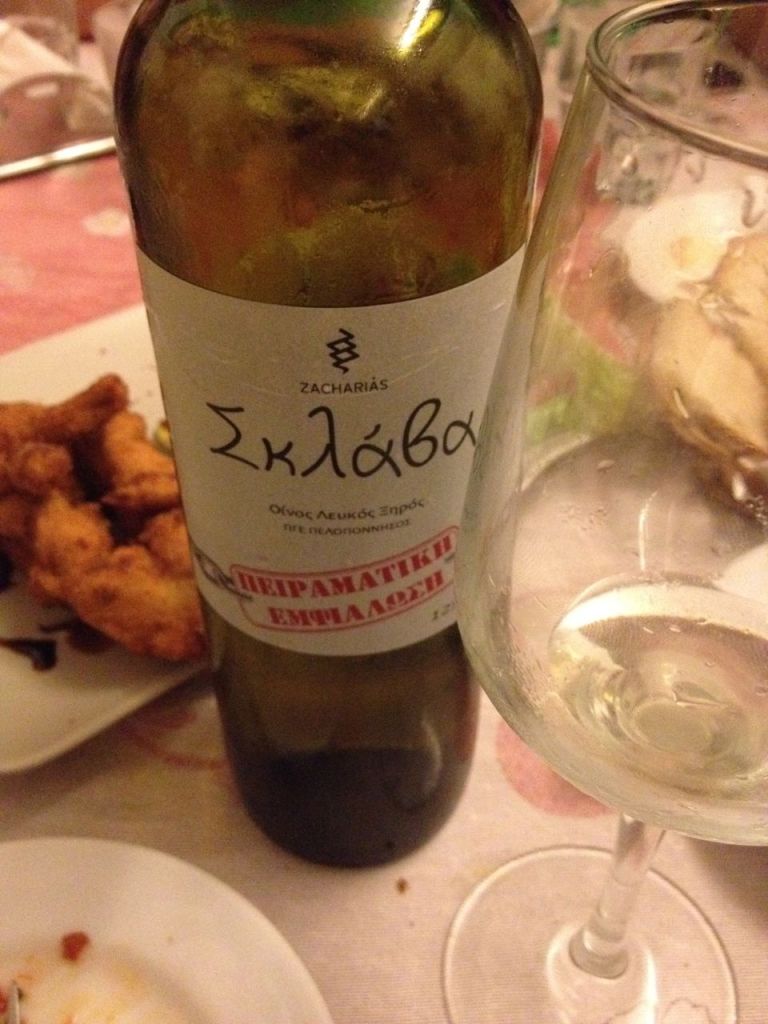
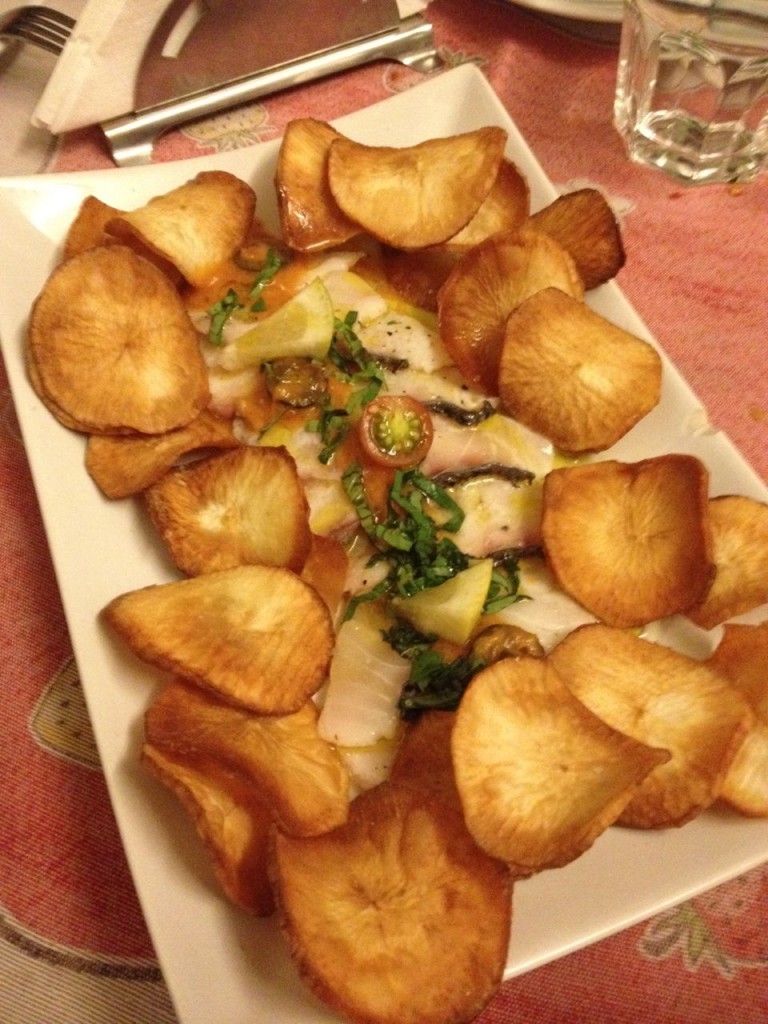
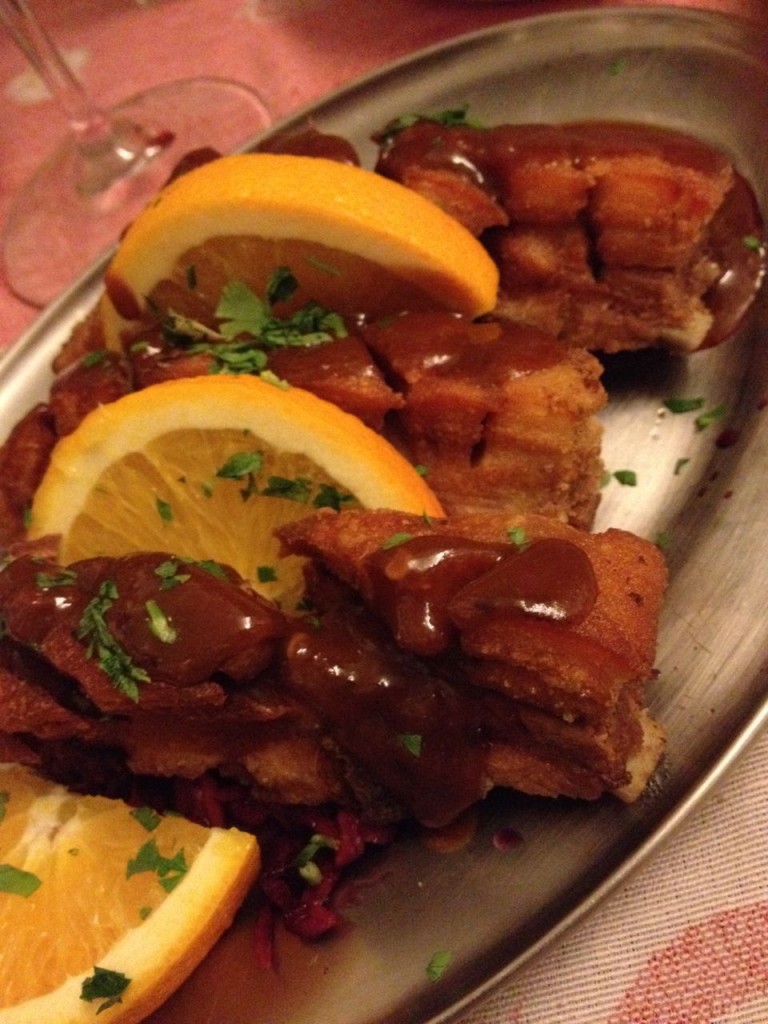
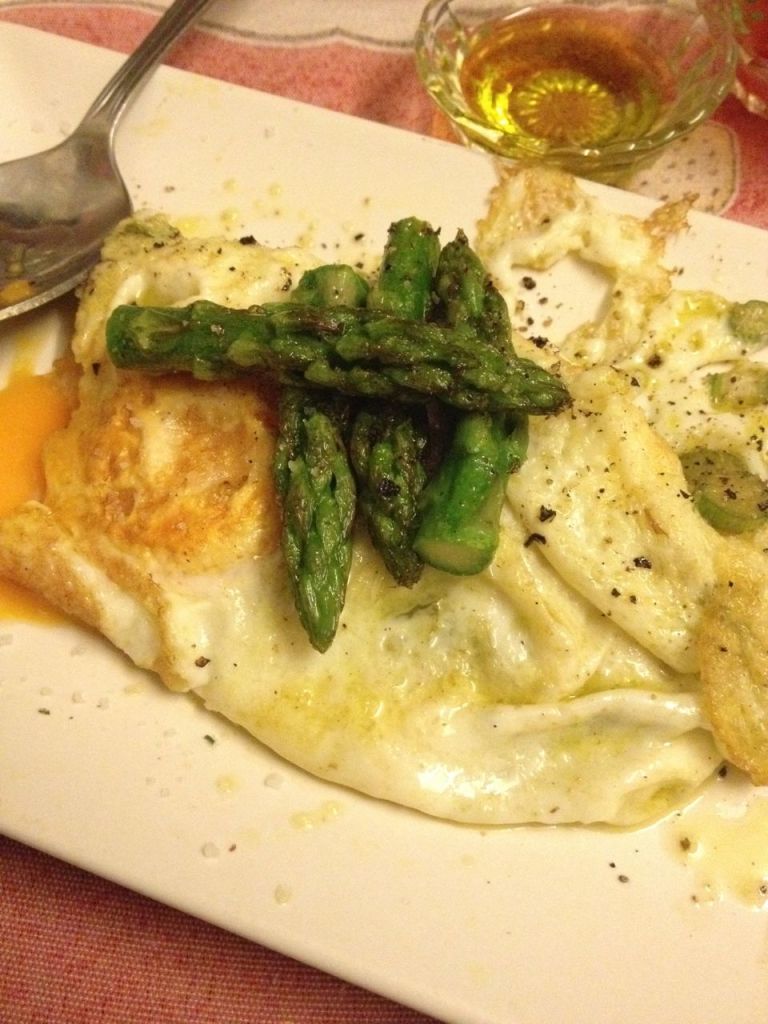
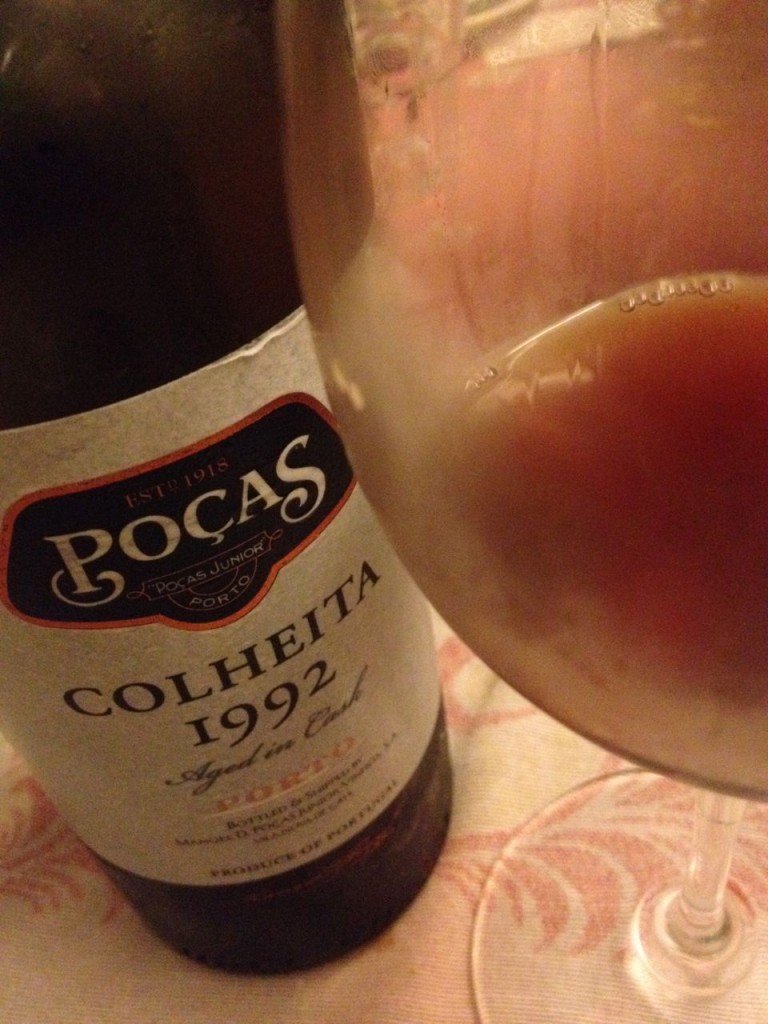
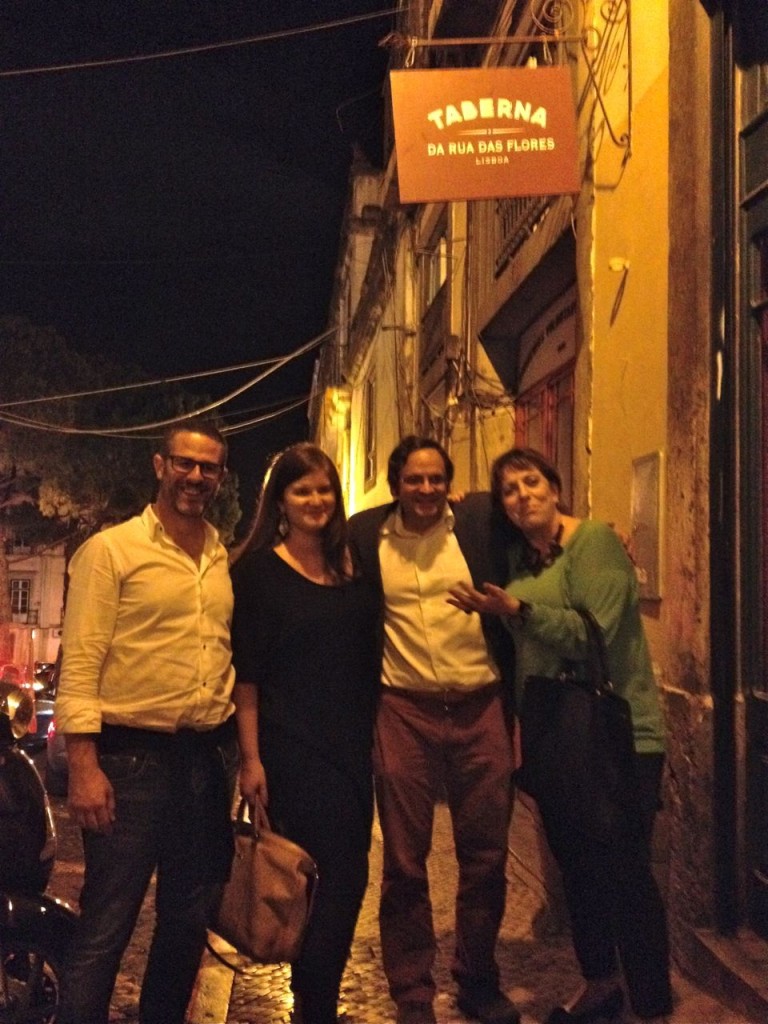
Share This